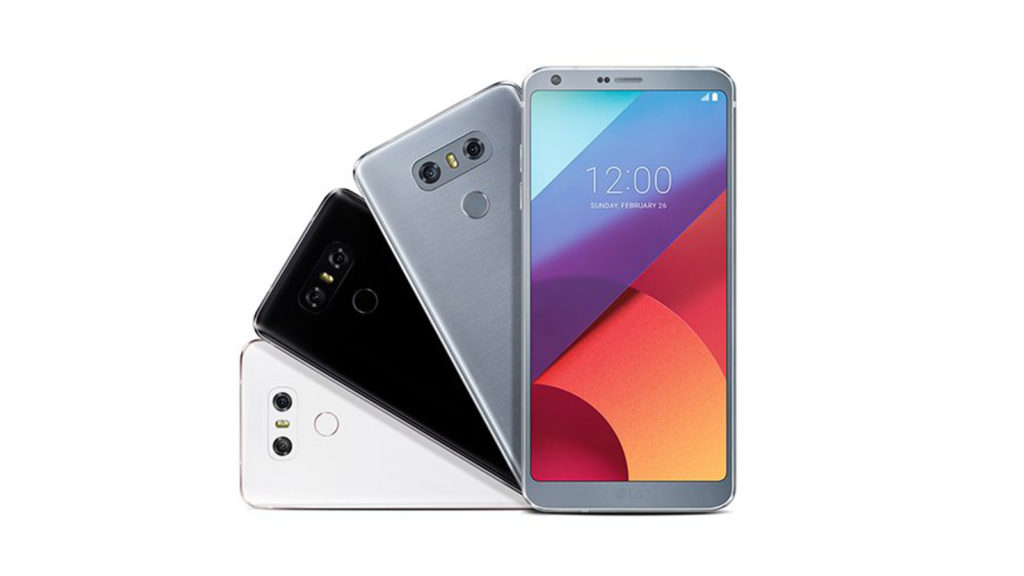The LG G6 was announced yesterday by the Korean firm in Barcelona, featuring that 18:9 screen and dual 13MP camera setup. We were fortunate enough to play with the device before its reveal too, but there’s a lot more to cover.
So with that in mind, we looked at six important things to know about the firm’s new flagship.
No ad to show here.
The price is a big question mark
The G6 is using last year’s Snapdragon 821 chipset, as the Snapdragon 835 isn’t available just yet (Qualcomm ostensibly made a deal with Samsung). Now, the older chip is still powerful, but it does make you wonder what the price will be for the new handset…
Unfortunately, the company hasn’t shared any details in this department right now. But Samsung-level pricing could be too much to ask for, in light of the older chip.
The tall screen is meant to aid productivity, apparently
The G6’s tall screen never felt too big in our time with it, but its 18:9 ratio is certainly a standout in the smartphone world nonetheless.
In fact, LG claims you have 11% more screen real estate compared to other mobile screens. And this will be used to display more information, such as emails or webpages, without scrolling for it.
In the camera department, LG is using the extra space to display the last five photos, so you don’t necessarily have to choose between checking out photos or shooting a snap.
HDR 10 and Dolby Vision support
Believe it or not, but LG’s smartphone supports HDR 10 and Dolby Vision, being the two most dominant standards when it comes to HDR content.
LG is still using LCD technology, with OLED being considered a better fit for HDR, but if it’s anything like the iPhone 7’s wide colour gamut, you can expect good results.
In fact, LG claims that HDR content produced by Netflix and Amazon should just work. But this is contingent on the streaming services updating their mobile apps to support HDR streaming.
South Africa might not get the quad DAC
The V20 (review) stood out thanks to its quad DAC hardware, allowing for some impressive audio capabilities that were sure to please audiophiles. But what about the G6?
Well, reports claim that only Korea and several other Asian markets will have the G6 with quad DAC hardware. This would be a big disappointment, given that it’s one of the phone’s selling points.
Early impressions of the cameras are positive
The move to two 13MP cameras does mean we see a megapixel drop on the normal camera, while the wide-angle camera actually sees a big increase in resolution. Additionally, some enthusiasts have made a song and dance about LG using older IMX258 sensors. But what is the real-world usage like?
Well, Android Central reports that the G6 bests the Galaxy S7 and goes toe to toe with the Google Pixel in the photography stakes. Meanwhile, Ubergizmo reports that the G6 was able to beat the S7 in one shootout, but added that they didn’t expect LG’s phone to win all the time. And with that improved wide-angle camera, you can expect people to use this option more often.
IP68 water resistance that extends to salt water
Most phones that tout IP68 water resistance don’t want you to dip it in salt water, owing to its corrosive effects (even after washing it). But, while LG hasn’t marketed this as a feature, G6 engineers told Digital Trends that it “is indeed salt water safe”.
This was also reported by Slash Gear, saying that “even the 3.5mm headphone jack can handle saltwater”. Now, if LG could pull a HiSense and deliver an underwater camera mode that disables touchscreen interaction…
